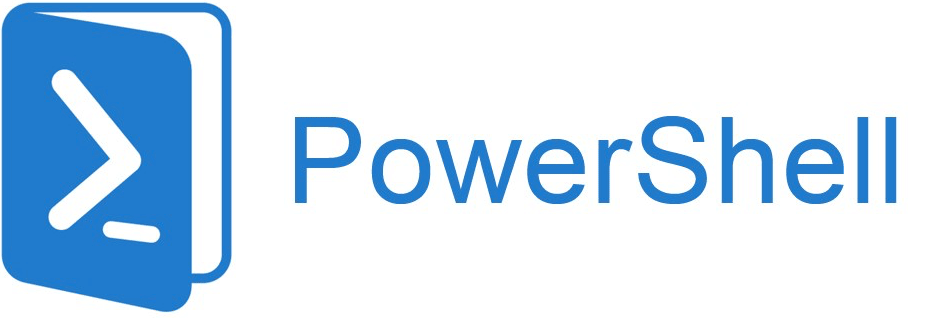
Microsoft PowerShell is a powerful and flexible command-line tool and scripting language that has become increasingly popular among system administrators in recent years. It is an essential tool for managing Windows-based systems, but it can also be used to manage Linux and other Unix-like systems as well. In this article, we will explore why all systems administrators need to learn PowerShell.
Automation
One of the primary reasons that PowerShell is essential for system administrators is that it is an excellent tool for automation. PowerShell allows administrators to write scripts and automate tasks that would otherwise be tedious and time-consuming. By automating these tasks, administrators can reduce the likelihood of errors and increase the efficiency of their workflow.
Cross-platform compatibility
PowerShell is not just limited to Windows-based systems. It can also be used to manage Linux and Unix-like systems as well. This cross-platform compatibility makes PowerShell an essential tool for system administrators who need to manage a heterogeneous environment.
Integration with other Microsoft products
PowerShell is also an essential tool for administrators who use other Microsoft products. PowerShell can be used to manage Exchange, SharePoint, and Active Directory, among other products. This integration makes PowerShell an essential tool for administrators who need to manage Microsoft environments.
Debugging
PowerShell provides excellent debugging capabilities. When an administrator runs a script that encounters an error, PowerShell will provide detailed error messages that can help administrators pinpoint the root cause of the problem quickly. This feature makes PowerShell an essential tool for troubleshooting complex systems.
Scalability
PowerShell is highly scalable. It can be used to manage a single system or an entire data center. By using PowerShell to manage large-scale environments, administrators can save time and reduce the likelihood of errors.
Community support
PowerShell has a large and active community of users who share tips, tricks, and scripts. This community support is invaluable for administrators who are just starting with PowerShell or who need help with a particular script or task.
25 PowerShell projects that every system administrator should consider working on:
1. Automating user account creation and management
2. Scheduling tasks with PowerShell
3. Automating software deployment
4. Automating printer deployment and management
5. Creating a network scanner
6. Automating backup and restore processes
7. Creating a log analyzer
8. Generating reports with PowerShell
9. Managing Active Directory users and groups
10. Managing Group Policy settings
11. Creating a server health check script
12. Automating patch management
13. Creating a script to monitor disk space
14. Automating email notifications
15. Managing DNS and DHCP servers
16. Automating website management
17. Creating a script to monitor system performance
18. Managing Exchange Server
19. Creating a script to manage SQL Server
20. Automating virtual machine management
21. Managing remote desktop services
22. Automating firewall rules
23. Creating a script to manage SharePoint
24. Managing Azure resources
25. Creating a script to manage AWS resources
These are just a few examples of PowerShell projects that can help system administrators automate and streamline their work. By working on these projects, administrators can save time, reduce errors, and improve the overall efficiency of their IT environment.
PowerShell is an essential tool for all systems administrators. Its automation capabilities, cross-platform compatibility, integration with other Microsoft products, debugging capabilities, scalability, and community support make it a must-learn tool for anyone working in IT.